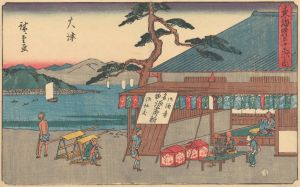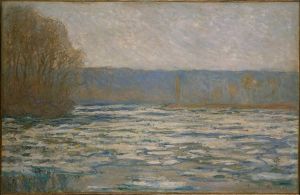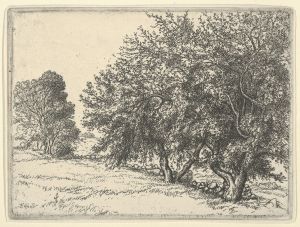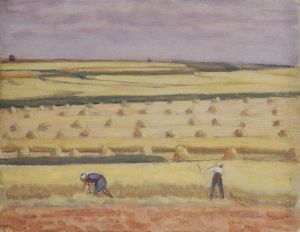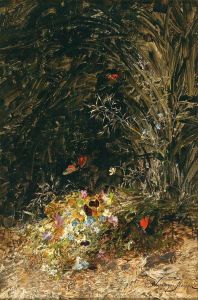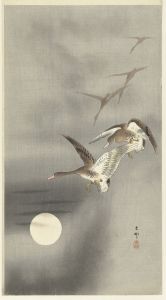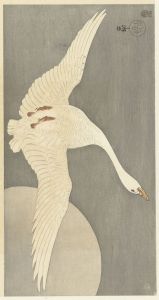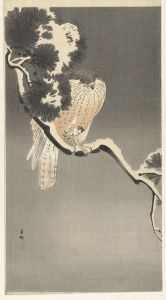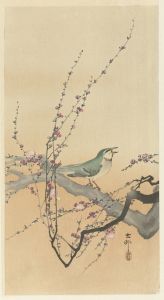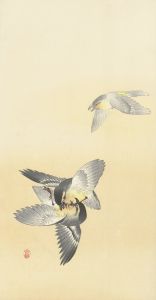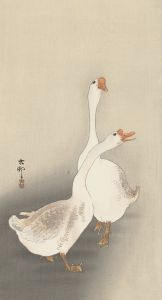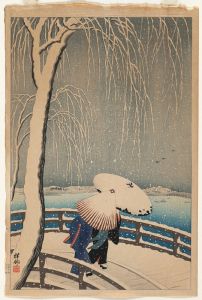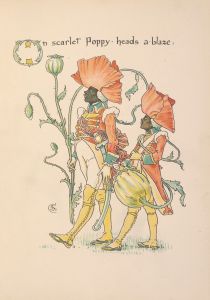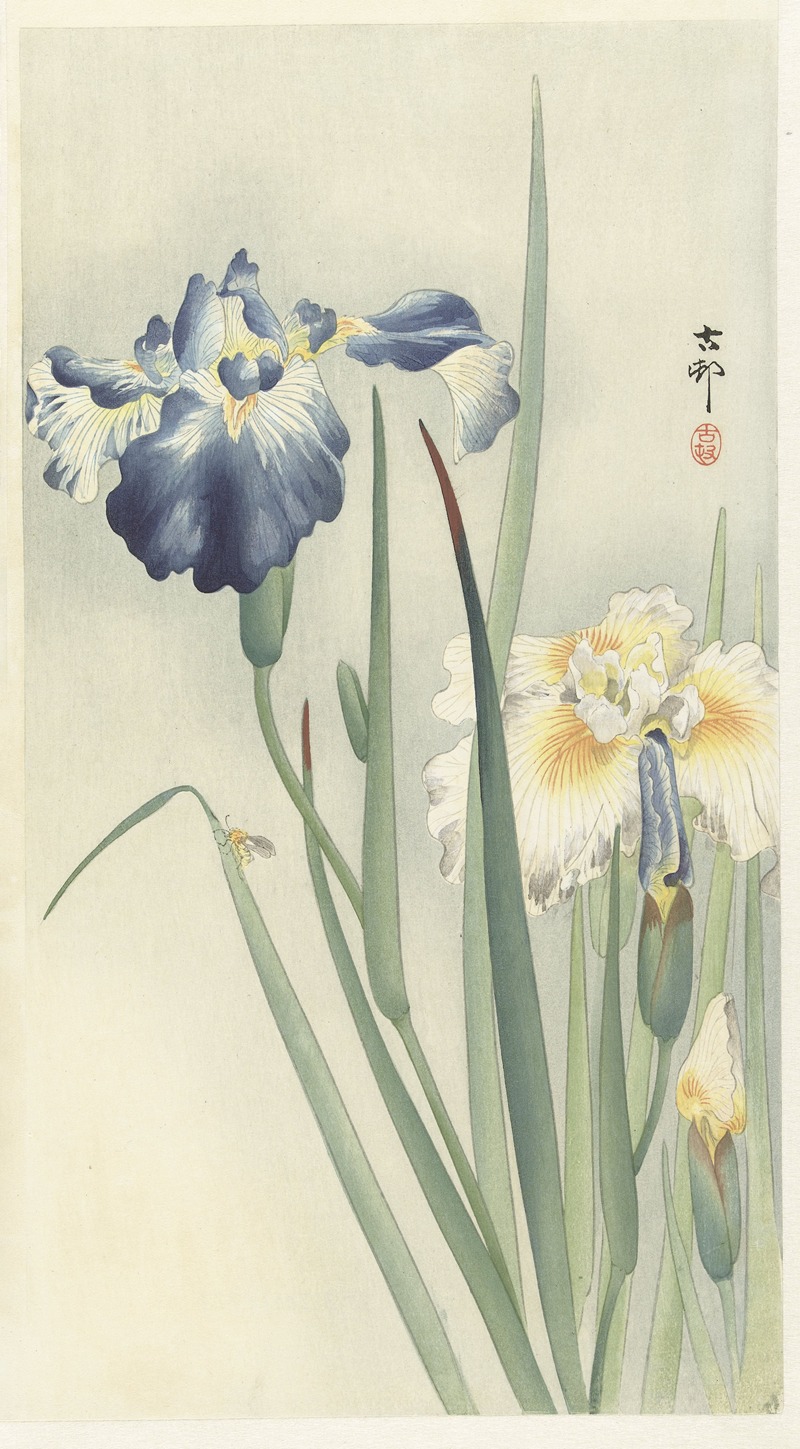
Irises
A hand-painted replica of Ohara Koson’s masterpiece Irises, meticulously crafted by professional artists to capture the true essence of the original. Each piece is created with museum-quality canvas and rare mineral pigments, carefully painted by experienced artists with delicate brushstrokes and rich, layered colors to perfectly recreate the texture of the original artwork. Unlike machine-printed reproductions, this hand-painted version brings the painting to life, infused with the artist’s emotions and skill in every stroke. Whether for personal collection or home decoration, it instantly elevates the artistic atmosphere of any space.
Ohara Koson (1877–1945) was a prominent Japanese artist known for his contributions to the shin-hanga ("new prints") movement, which revitalized traditional ukiyo-e woodblock printing in the late 19th and early 20th centuries. His works primarily focused on kachō-e, or "bird-and-flower pictures," a genre that depicted natural subjects with a blend of realism and artistic elegance. Among his many celebrated works is the piece titled Irises.
Irises by Ohara Koson is a woodblock print that exemplifies his mastery of composition, color, and attention to detail. The artwork features a group of irises, a flower deeply associated with Japanese culture and aesthetics. Irises often symbolize purity, strength, and the arrival of summer in Japanese art and literature. Koson’s depiction of the irises captures their delicate beauty, with slender, arching leaves and vividly colored blossoms rendered in soft, harmonious tones. The simplicity of the composition reflects the influence of traditional Japanese design principles, while the naturalistic details highlight Koson’s skill in observing and portraying the natural world.
Koson’s Irises is part of a broader body of work that gained popularity both in Japan and internationally during the early 20th century. His prints were particularly well-received in Western markets, where collectors admired their refined aesthetic and technical precision. Koson collaborated with publishers such as Watanabe Shōzaburō, a key figure in the shin-hanga movement, to produce high-quality prints that appealed to both domestic and foreign audiences. These collaborations helped to disseminate Koson’s works widely and contributed to the global appreciation of Japanese woodblock prints.
The exact date of creation for Irises is not definitively documented, as is the case with many of Koson’s works. However, it is consistent with the style and themes he explored throughout his career. The print demonstrates Koson’s ability to balance traditional Japanese artistic sensibilities with the demands of a modern, international audience. His use of subtle gradations of color and fine linework reflects the technical expertise of the artisans involved in the woodblock printing process.
Today, Irises and other works by Ohara Koson are highly regarded by collectors and art historians. They are often featured in exhibitions and collections of Japanese art, where they continue to be appreciated for their beauty and craftsmanship. Koson’s legacy as a leading figure in the shin-hanga movement remains significant, and his prints are considered exemplary representations of early 20th-century Japanese woodblock art.





